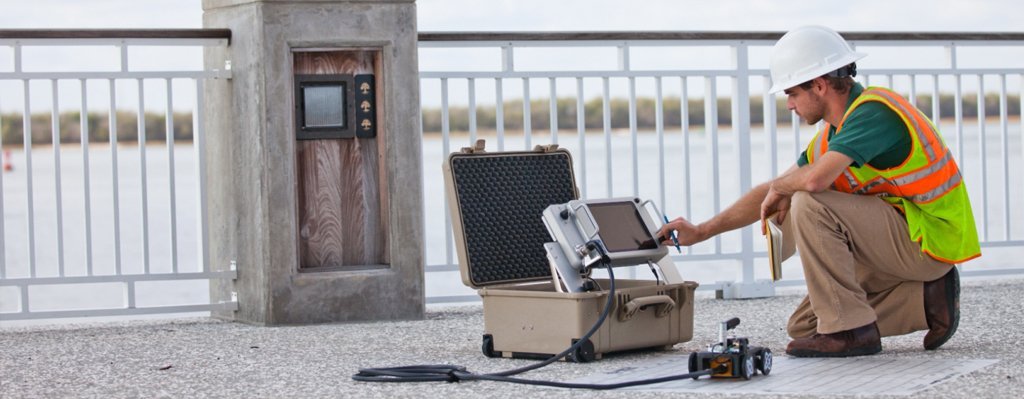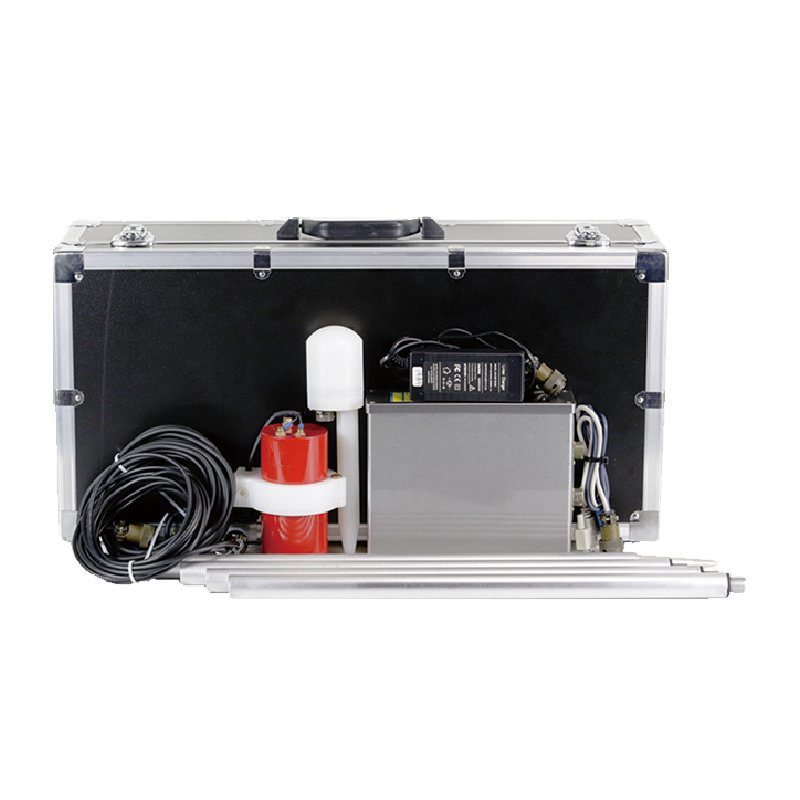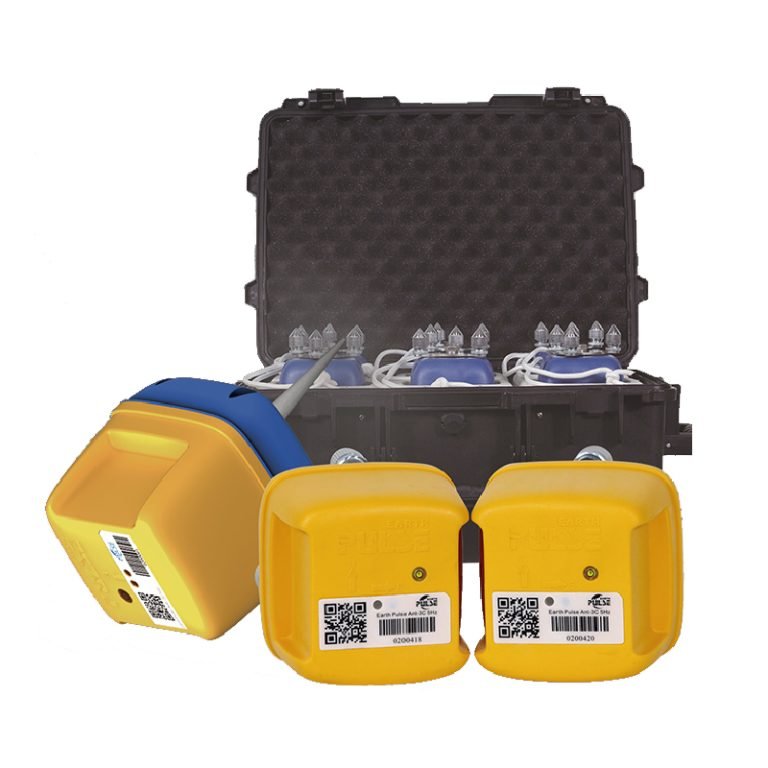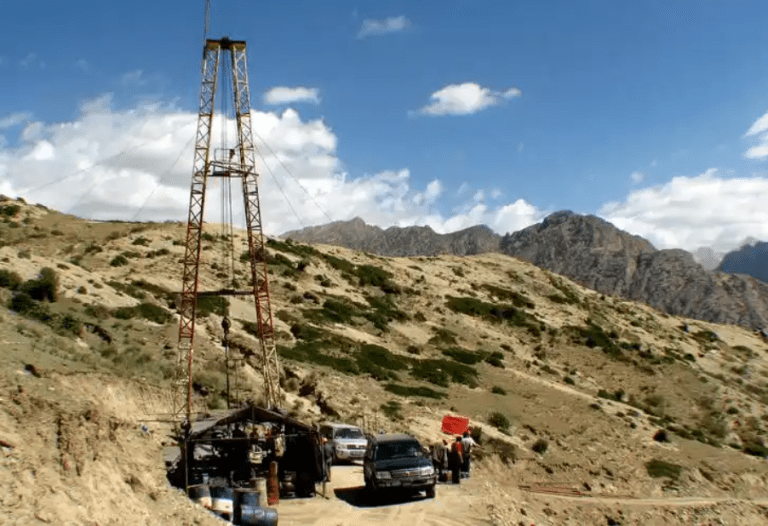Welcome to Geotech!

Magnetic Solution:Iron Ore and Magnetic Mineral Exploration Solution
- Magnetic Solutions
- 30 views
Description
Iron Ore and Magnetic Mineral Exploration Solution
I. Solution Overview
This solution leverages the high-precision, multi-mode detection capabilities of Geotech’s next-generation proton magnetometer (JPMG) to address the exploration needs of iron ore and other magnetic minerals (e.g., magnetite, ilmenite, nickel ore). By detecting magnetic anomalies, analyzing gradients, and modeling data, it enables precise ore body localization, scale assessment, and geological structure interpretation, enhancing exploration efficiency.
II. Core Equipment Advantages
- Ultra-High Precision and Sensitivity
- Sensitivity: 0.05nT, capable of detecting subtle magnetic anomalies (iron ore bodies typically induce field variations of hundreds to thousands of nT).
- Absolute Accuracy: ±0.1nT, ensuring data reliability.
- Dynamic Range (20,000–120,000nT), suitable for detecting strongly magnetic ore bodies.
- Multi-Scenario Operation Modes
- Mobile Mode (3–60s/sample): Rapidly scans large areas to preliminarily identify anomaly zones.
- Walking Mode: Continuously collects profile data to generate high-resolution magnetic profiles for precise ore boundary delineation.
- Base Station Mode (3–3600s/sample): Monitors background field variations over time, eliminating diurnal interference, ideal for deep ore body detection.
- Gradient Detection Capability
- Supports horizontal/vertical gradient measurements (requires optional probes and holders) to identify ore boundaries and orientations (e.g., strike and dip of iron veins).
- Efficient Data Integration
- 32MB internal memory stores 209,715 manual-mode or 699,050 base-mode data points.
- Professional geological software generates contour maps, profile maps, and integrates GPS coordinates to build 3D ore models.
III. Iron Ore Detection Workflow
- Pre-Survey Preparation
- Regional Analysis: Define target areas using geological maps and aeromagnetic data.
- Equipment Setup:
- Standard GPS module (supports multi-satellite navigation; <30ms positioning accuracy).
- Optional gradient probes for boundary analysis.
- Extendable aluminum rods (4×50cm included) adjust sensor height to reduce ground interference.
- Data Acquisition
- Base Station Mode: Deploy in low-interference areas to synchronize background field data.
- Mobile Mode: Use vehicles or drones for rapid coverage of survey areas to identify high-anomaly zones.
- Walking Mode: Perform grid measurements (10–50m line spacing, 5–20m point spacing) in anomaly zones for high-resolution data.
- Gradient Measurement: Deploy dual probes at ore boundaries to calculate gradients and determine ore extension directions.
- Data Processing & Analysis
- Diurnal Correction: Use base station data to remove daily geomagnetic variations.
- Anomaly Extraction: Apply filters (e.g., upward continuation, derivative calculations) to isolate ore-related anomalies.
- Inversion Modeling: Integrate susceptibility parameters to invert ore body depth, size, and morphology (e.g., layered iron ore or massive magnetite).
IV. Typical Application Scenarios
- Shallow Iron Ore Detection
- Walking mode + gradient measurements quickly delineate surface outcrops and shallow deposits.
- Example: A magnetite survey with 5m×5m grid measurements identified >2000nT anomalies, later confirmed by drilling as a 10m-thick magnetite layer.
- Deep Ore Body Exploration
- Combine base station and mobile modes with low-pass filtering to detect concealed deposits (e.g., >500m depth).
- Complex Geological Structure Analysis
- Gradient data aids in identifying fault/fold controls on ore distribution (e.g., magnetite enrichment near fault zones).
V. Configuration & Recommendations

| Core Components | Function |
|---|---|
| JPMG Console + Sensor | Core detection unit, supports all modes |
| Standard GPS Module | Precise positioning and time synchronization |
| Gradient Probe Kit | Boundary and orientation analysis |
| 50cm Aluminum Rods ×4 | Adjust sensor elevation |
Optional Add-ons:
- Extension cables (for complex terrain)
- Additional sensors (multi-probe gradient surveys)
- Geological software (3D modeling and inversion)
VI. Technical Support & Services
- Field Adaptability
- Hard aluminum alloy shell + IP67 rating, operable in -40℃ to 55℃ extremes (deserts, alpine zones).
- Gradient tolerance >5000nT/m, suitable for strong magnetic environments.
- Data Reliability
- Built-in OCXO ensures measurement stability.
- Real-time signal quality monitoring flags anomalies.
- After-Sales Service
- Free training (software and operation).
- 24/7 remote support, 48-hour emergency response.
VII. Deliverables
- Magnetic anomaly contour maps (target zone delineation)
- Magnetic gradient profiles (boundary analysis)
- 3D susceptibility models (resource estimation)
- Exploration report (with drilling recommendations)
Expected Outcomes:
- 30%+ improvement in exploration efficiency vs. traditional methods.
- 20% reduction in exploration costs.
This solution ensures rapid, accurate, and cost-effective exploration of iron ore and magnetic minerals, tailored for diverse geological challenges.
FAQ
The double tap has a large current and can be used for IP testing to get more accurate data.
High-density apparent resistivity method is an array prospecting method, also known as automatic apparent resistivity system, which is developed from direct current method. Its function is equivalent to the combination of quadrupole sounding and electrical profiling method. The artificial electric field is formed by supplying electricity to the underground through electrodes. The distribution of the electric field is closely related to the distribution of the resistivity of the underground rock and soil medium. By measuring the artificial electric field at different parts of the surface, the distribution of the apparent resistivity of the underground medium is understood, and the underground geological structure is inferred and interpreted based on the distribution of the apparent resistivity of the rock and soil medium.
The principle of high-density electrical method is the same as that of traditional resistivity method. It is a combination method of multiple devices and multiple pole distances that integrates electrical depth sounding and electrical profiling method, which can obtain the conductivity characteristics of two-dimensional underground media. It has the characteristics of multi-device data acquisition in one pole arrangement, and highlighting abnormal information by obtaining ratio parameters, which greatly increases the amount of collected data, improves work efficiency, and ensures the accuracy and reliability of the pole running process.
This method is particularly sensitive to the water content of the surrounding rock. If the surrounding rock is broken and contains water, its apparent resistivity is significantly reduced. The apparent resistivity of intact and hard rock and soil is significantly higher than that of the surrounding rock in the fault zone or broken zone and water-rich zone. This method has a clear principle and intuitive images. It is a geophysical method with high resolution. In recent years, with the improvement of computer data acquisition technology, the exploration efficiency has been greatly improved, the coverage area and detection depth of the profile have been increased, reliable data can be obtained in a strong interference environment, the signal-to-noise ratio has been greatly improved, and the geological body can be accurately detected. This method has been widely and successfully applied in engineering and hydrogeological exploration and exploration of mineral and water resources.
(1) Application in coalfield and mine goaf detection
(2) Non-destructive detection of termite nests in dam foundations
(3) Karst and foundation surveys of railways, roads and tunnels
(4) Delineation of stratum lithology boundaries
(5) Survey of the leakage range of landfills
(6) Ancient tomb surveys
(7) Detection of sewage pipes
(8) Non-destructive testing of leakage in reservoirs and river dams
(9) Detection of bedrock fracture zones
(10) Soil salinity and water quality surveys
(11) Detection of ancient tunnels, air-raid shelters, metal burial sites, etc.
(1)The high-density resistivity method is based on the resistivity method, so it is suitable for all underground explorations with obvious conductivity differences;
(2)Any medium underground will have a weak polarization potential at the moment of power on and off, which will affect our measurement of the true potential difference. When the electrode distance is small, the loop current is large, which has little effect on the measurement results; when the electrode distance is too large, the interference potential is close to the effective potential, which has a greater impact on the measurement results. Therefore, due to the influence of the power supply electrode distance, the exploration depth cannot be too large, generally within 100m. When the conductivity of the soil medium is good, it can be appropriately increased, and the exploration depth in the soil medium with poor conductivity is appropriately smaller;
(3)It is generally less used in cities, near large transmission lines, etc. due to site restrictions and industrial stray current interference; 4. In areas such as concrete pavements and exposed bedrock surfaces, it is also less used due to the difficulty of electrode layout.
-1.png)






